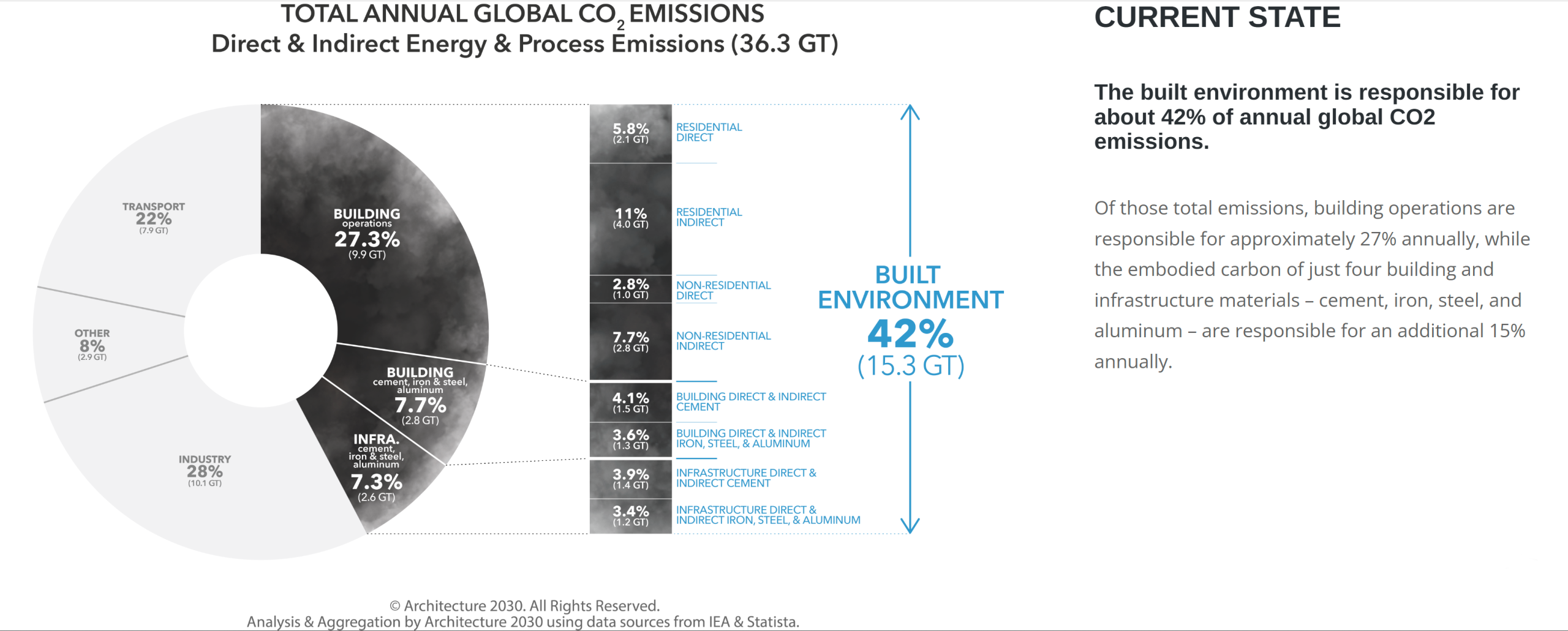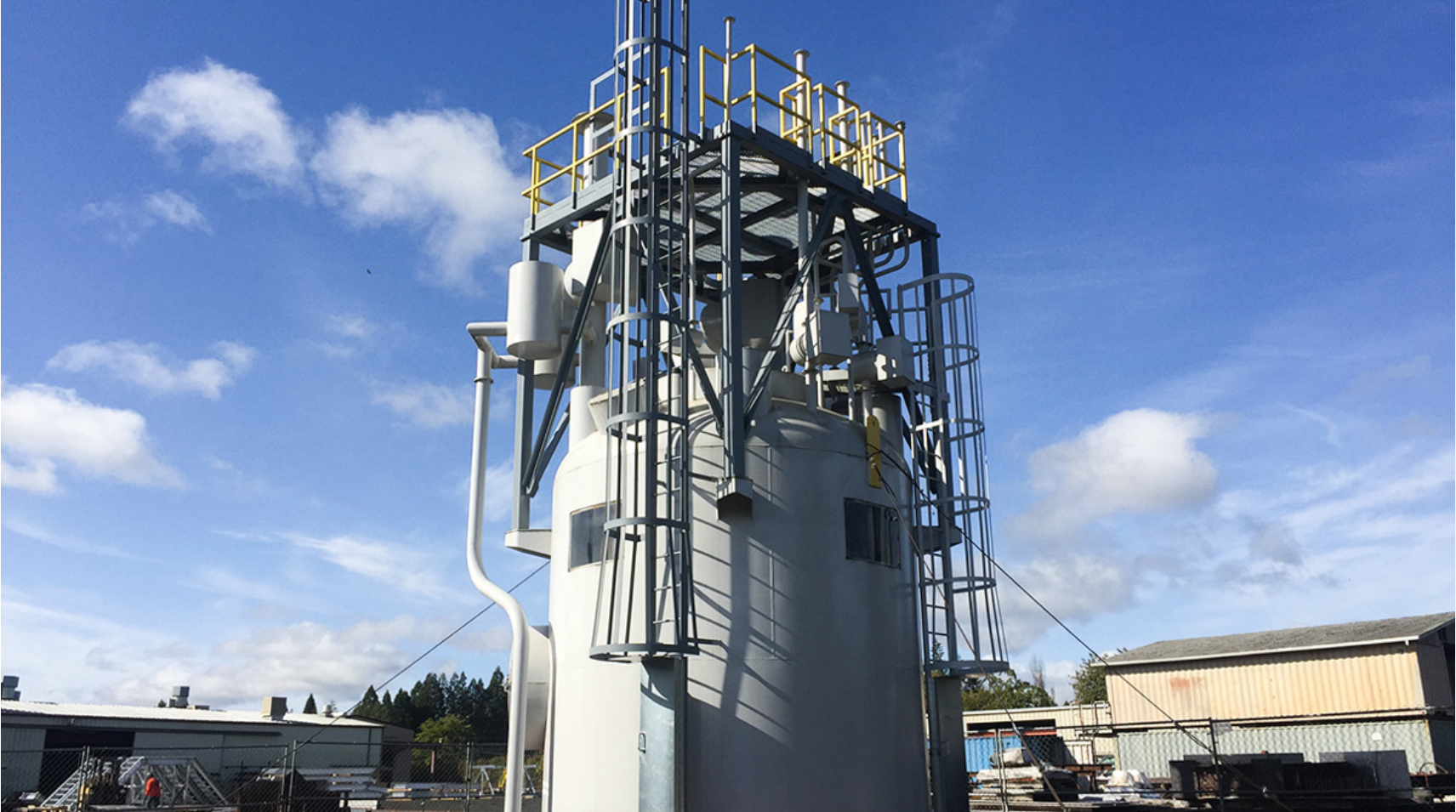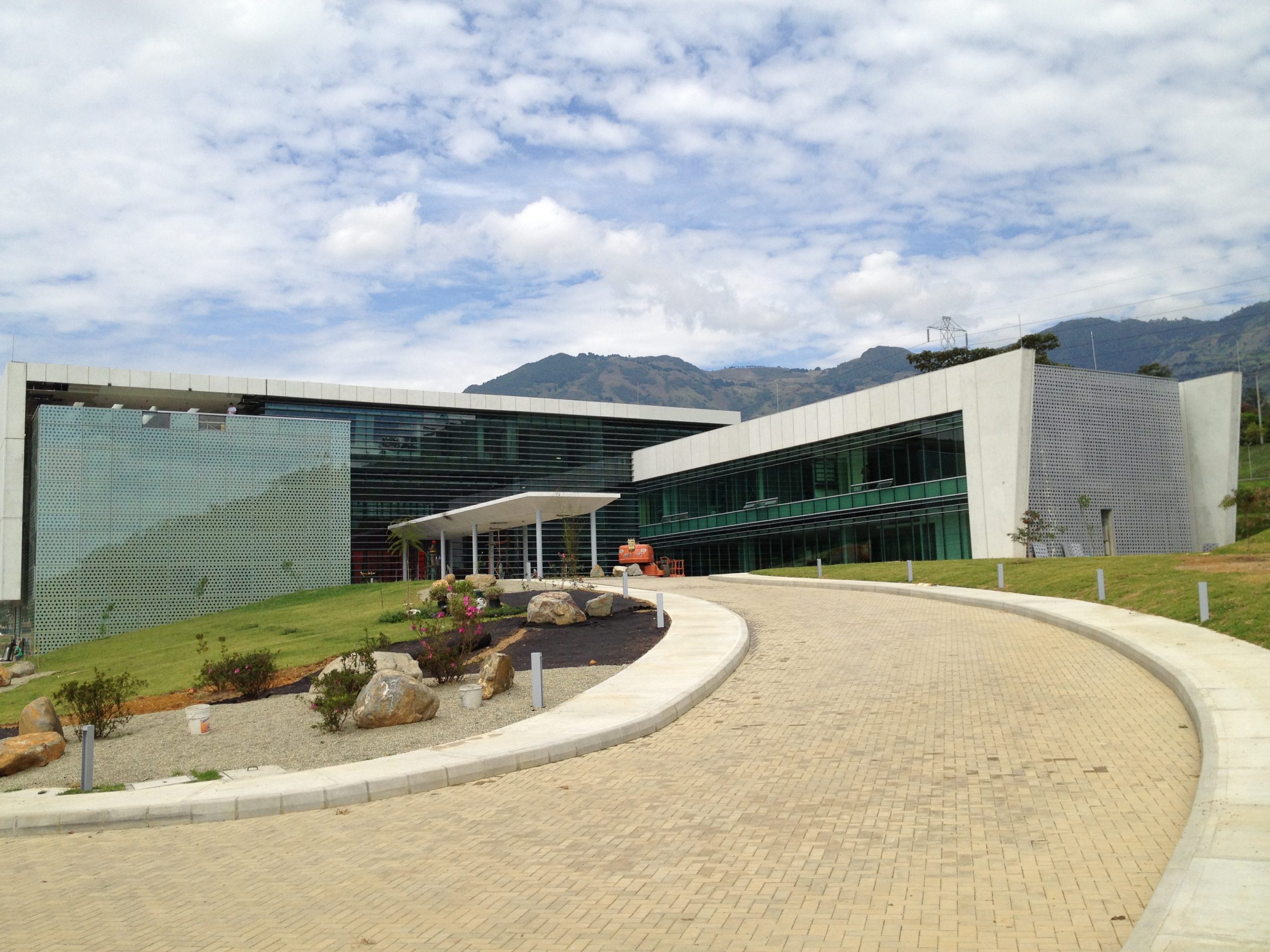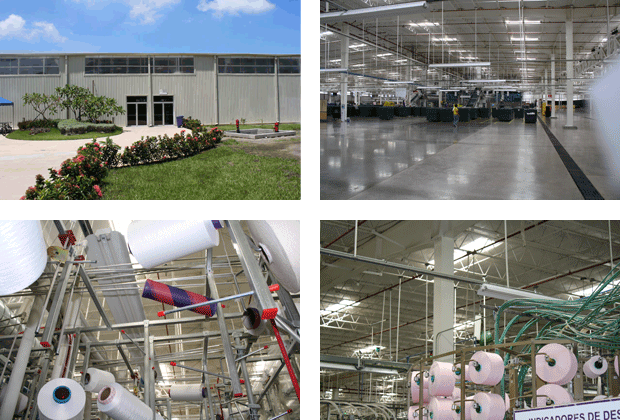-

Energy Ignorance
I am continually amazed how many people write about a subject with certainty that they know what they are talking about who are ignorant of it. Writers that do not understand the crucial role of energy conservation offsetting production have no business writing about energy. Given that energy production is contributing to climate change, there…











